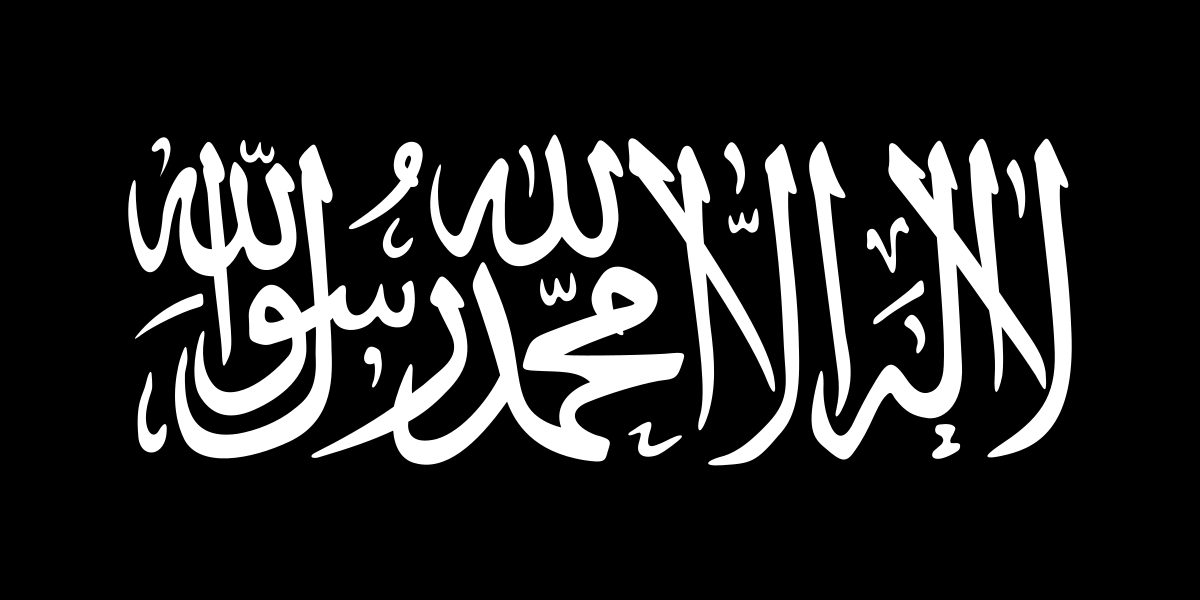That was absolutely not orchestrated by rear area troops but by a new head of the army. It was done brilliantly- used mobilised to fill gaps and pulled crack troops off of defense, lots of posturing, used civilian as hostages when barging crack troops across river, good heavy equipment seems to have been pulled out, collaborating folk pulled out, etc. in the end it was just mobilized holding bag as everyone really important had been pulled. It was a huge effort and done well. They even remembered the raccoon. Hardly any Russians were left behind. It took An entire month.
The commander wasn't out there building and maintaining bridges and directing traffic. It took some pre-war trained people on the ground to pull that off.
There were stories that there were about 12,000 troops left on the right bank when the evacuation ended. All part of a regular unit and not conscripts. Though at this point none of their units are very elite anymore. The losses to their most elite units in the early part of the war has forced them to fill out those units with new people while in combat.
A unit with a lot of veterans can absorb some green replacements while in active combat without suffering a big drop in effectiveness, but if the unit has taken significant losses it should be withdrawn and rebuilt rather than just feed in replacements. The VDV and marine units that were hit hard in the first few months of the war were given a large number of new troops with no time to fully integrate them into the units before being shoved back into combat.
Even before the war these units were below par compared to regular NATO units. ChrisO on Twitter had a long thread about a former VDV soldier who had gone back into the military a year or two before the war after being out a few years. He got out when they were still allowing soldiers to leave when their contracts were up and left the country to avoid being drawn back in.
It's worth reading how bad Russian training is, even in elite units, this is part 1 of 6
Thread by @ChrisO_wiki on Thread Reader App
Another good insight into how poor the Russian army is comes from Perun's latest video on how lying corrupts an army. It's been posted here a few times, but you can find it quickly in a YouTube search. My partner is usually bored by Perun videos, but she found that one fascinating.
The withdrawal from Kherson was unusually well executed. Part of it was due to the large minefields the Russians left behind that the Ukrainians had to get around or through, plus the Ukrainians were being cautious about potential traps so they were moving slowly.
I wouldn't use it as an example of how good the Russian military is though. They have a severe morale problem. They probably had no problem of motivating troops to retreat. They have a lot of problems getting them to attack or even defend positions. The true quality of an army is in how it fights, not in how it retreats.



